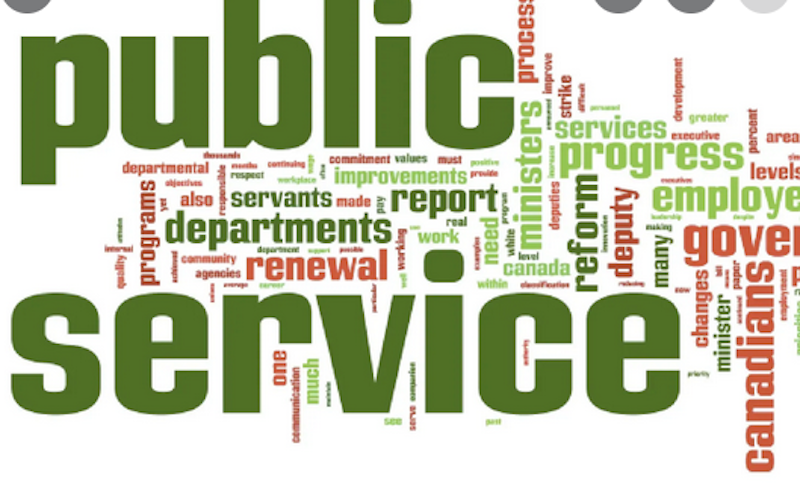The course covers the fundamentals of Parliamentary practice and procedure, and adds in-depth analysis and discussion of key areas. It will give special attention to those features of the practice and procedure of Parliament which are fundamental to the rule of law and the separation of powers under any democratic constitution.
This training course will highlight:
- The fundamentals of what Parliaments do and how they work
- The purposes of Parliamentary procedure
- Rules and principles of Parliamentary procedure and practice
- Standing Orders and Rules of Order for Plenary and Committee meetings
- Motions and amendments
- Voting methods and Parliamentary privilege
- Codes of conduct and standards in public life
OBJECTIVES
At the end of this training course, you will be able to:
- Understand the fundamentals of how a Parliament or other legislative assembly should work
- Articulate the core purposes of Parliamentary procedure
- Develop best practice for Parliamentary procedure and practice
- Understand standard terms
- Navigate Standing Orders and Rules of Order for Plenary and Committee meetings
- Handle business including motions and amendments
- Discuss options for voting methods
- Understand the parameters of Parliamentary privilege
- Understand and develop codes of conduct and standards in public life
COURSE OUTLINE
Parliamentary Fundamentals
- Constitutional balance of power
- The role and nature of Parliament
- Formation of Parliaments
- Structure of Parliaments
- Roles and Responsibilities of a Parliament
- Governance principles in public and private institutions
- Standing Orders and other Rules of Order
Parliamentary Procedure Primer
- Nature of Parliamentary Procedure
- Purpose of Parliamentary Procedure
- Basic Rules and Principles of Parliamentary Procedure
- Plenary and Committee procedure
- Standard Terms
Meetings
- Types of Meetings
- Order of Business: The Agenda
- Quorum of Members
- Motions
- Process for handling a Motion
- Voting / Voting Methods
- Minutes
Motions
- General Classification of Motions
- Main Motions
- Subsidiary Motions
- Privileged Motions
- Incidental Motions
- Order of Motions
- Amendment of Motions
Structure and Leadership
- Officers
- Qualifications of Officers
- Duties of Officers
- Nominations and Elections
- Committees
- Conduct Rules and Standards in Public Life
TARGET AUDIENCE
This training course on Parliamentary Procedure is designed for elected Parliamentarians, Clerks and other Parliamentary officials, as well as a wide range of public policy-makers and regulators.



